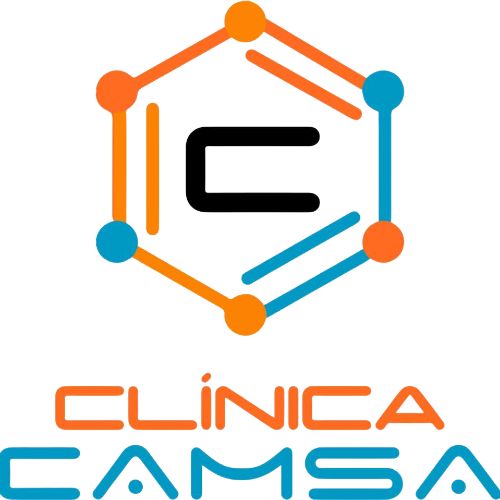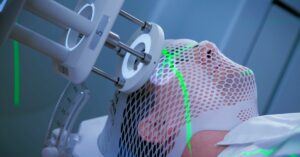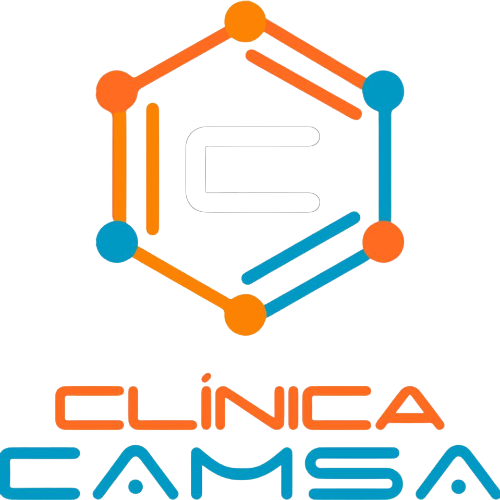erilesional Applications and Projection Organs Perilesional applications refer to the administration of medications or treatments directly around a lesion or affected area. This approach is commonly used in medical fields such as dermatology, oncology, and neurology. By targeting the specific area of concern, perilesional applications can provide localized treatment and minimize systemic side effects.
One example of perilesional application is the use of topical creams or ointments for skin conditions such as eczema or psoriasis. These medications are applied directly to the affected skin, allowing for targeted treatment and reducing the need for systemic medications that may have broader effects on the body. In oncology, perilesional applications can be used in the treatment of tumors. For instance, intralesional injections involve injecting medication directly into a tumor or lesion. This approach allows for higher concentrations of medication at the site of the tumor while minimizing exposure to healthy tissues. Projection organs, on the other hand, are organs that receive sensory input from other parts of the body and project that information to the brain. These organs play a crucial role in our perception and understanding of the world around us.
One well-known example of a projection organ is the eye. The retina, located at the back of the eye, receives light signals and converts them into electrical impulses that are then transmitted to the brain via the optic nerve. The brain processes these signals, allowing us to see and interpret our visual surroundings. Another example is the ear, which acts as a projection organ for hearing. Sound waves are collected by the outer ear and transmitted through the middle ear to the cochlea in the inner ear. The cochlea converts these sound waves into electrical signals that are sent to the brain via the auditory nerve. This enables us to perceive and interpret sounds.
In summary, perilesional applications offer targeted treatment options for specific areas of concern, minimizing systemic side effects. Projection organs, such as the eye and ear, receive sensory input from various parts of the body and project that information to the brain, allowing us to perceive and understand our environment.











